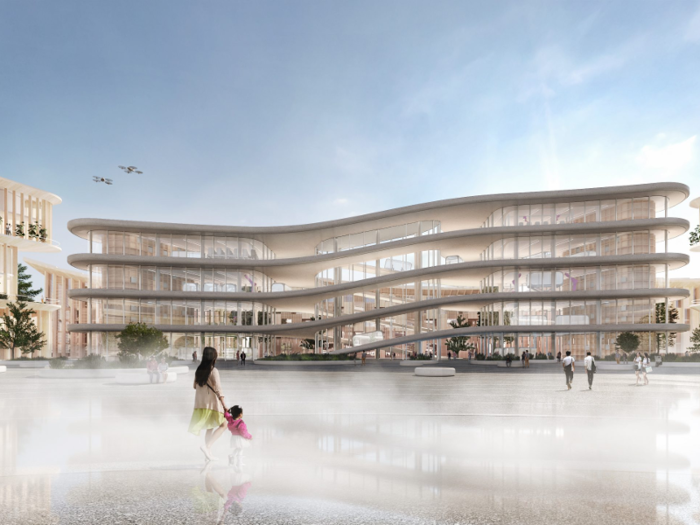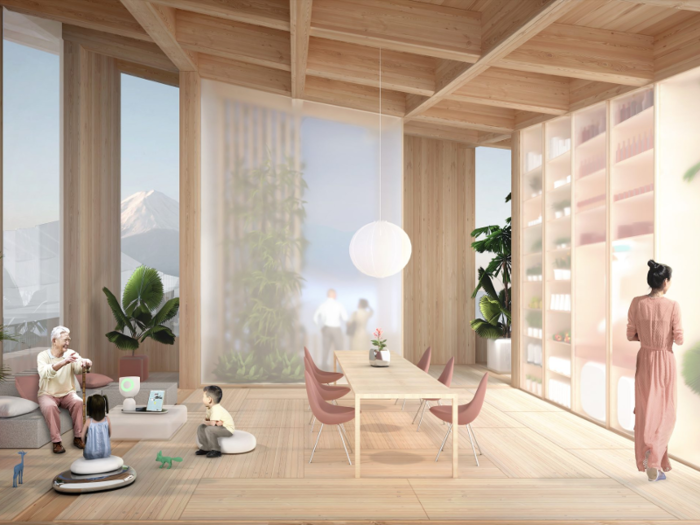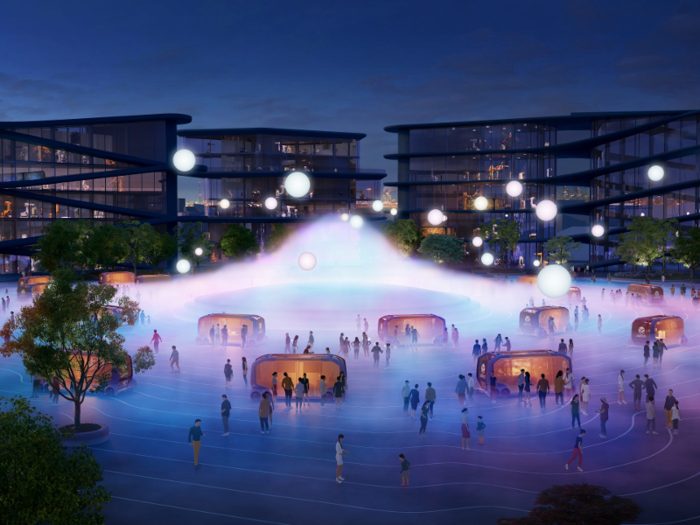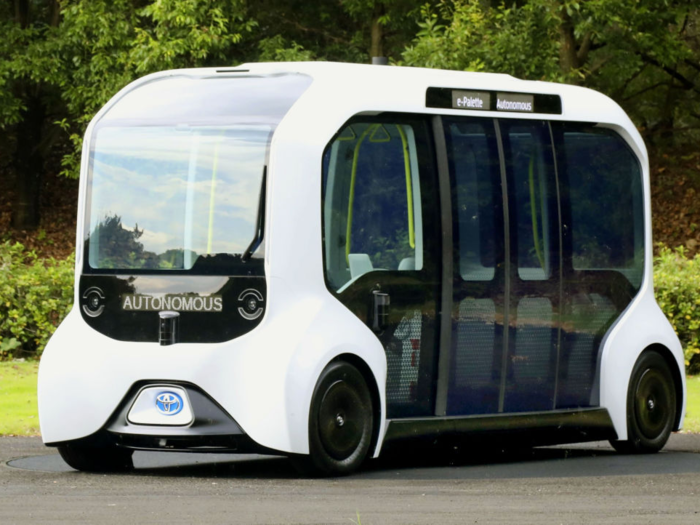Toyota plans to send 2,000 people to live in the Woven City to start and then gradually grow the population.
The first residents will be Toyota employees and their families, retired couples, retailers, visiting scientists, and industry partners, according to the company.
Residents will live in homes outfitted with the latest in-home robotics technology to assist with daily living as well as sensor-based artificial intelligence to monitor health and take care of basic needs.
Despite the planned high-tech homes, Toyota says that "encouraging human connection will be an equally important aspect of this experience."
The city will include multiple parks and a large central plaza for social gatherings.
Toyota's president says the city is part of a "quest to create an ever-better way of life and mobility for all."
The city's buildings will be made mostly of wood to minimize the carbon footprint.
And rooftops will be covered in photo-voltaic panels to generate solar power and hydrogen fuel cell power.
Toyota says it plans to "weave in the outdoors throughout the city" with native vegetation and hydroponics.
The city will be designed with three different types of streets: streets for faster vehicles only, those for a mix of lower speed vehicles and pedestrians, and a park-like promenade for pedestrians only.
These three types of streets will form an "organic grid pattern" to help test autonomy, according to Toyota.
A fleet of Toyota's self-driving electric vehicles, called e-Palettes, will be used for transportation, deliveries, and "changeable mobile retail" throughout the city.
Construction of the Woven City will start in 2021, and Toyota has not yet revealed an estimated completion date or estimated cost.






